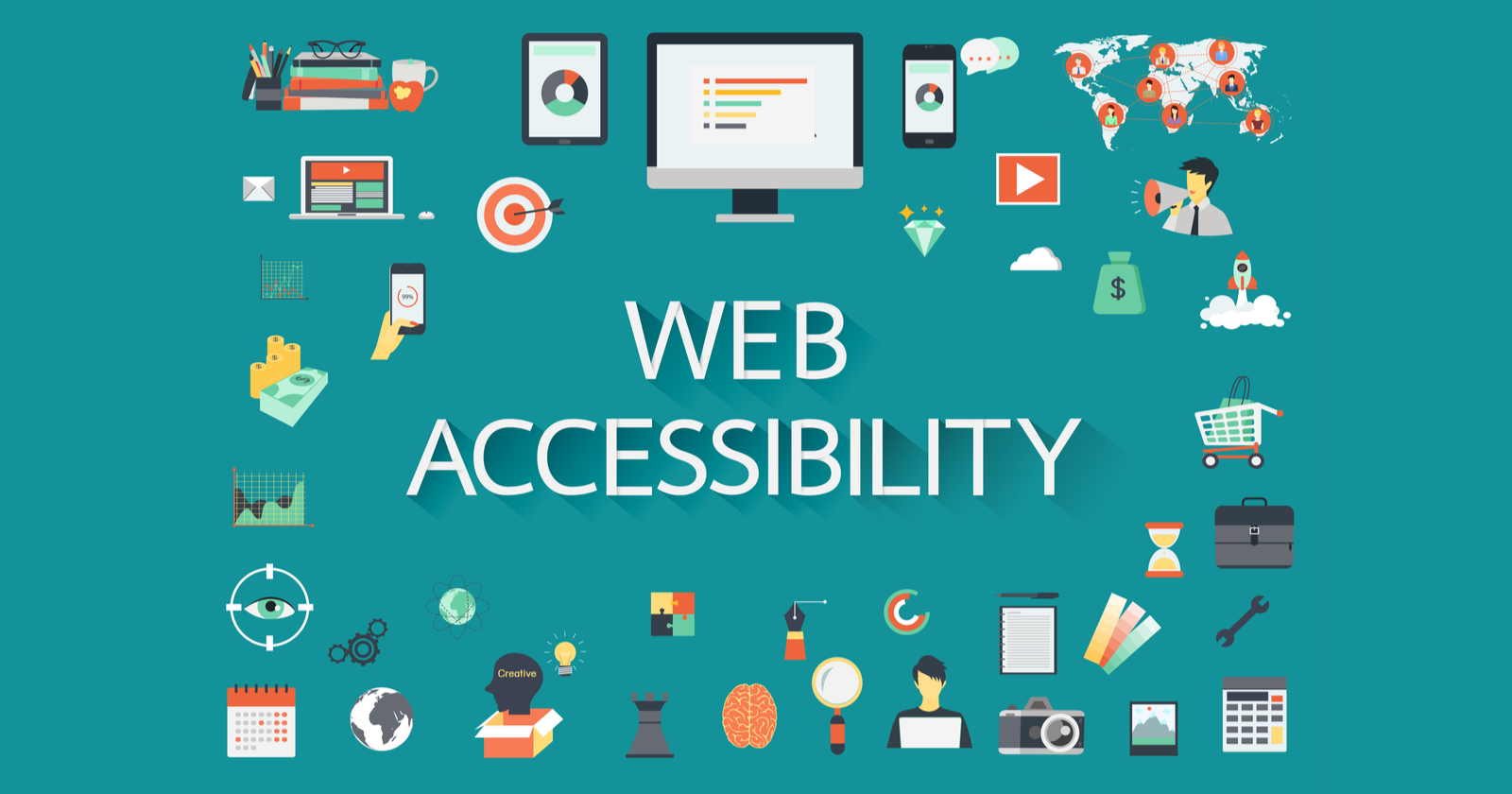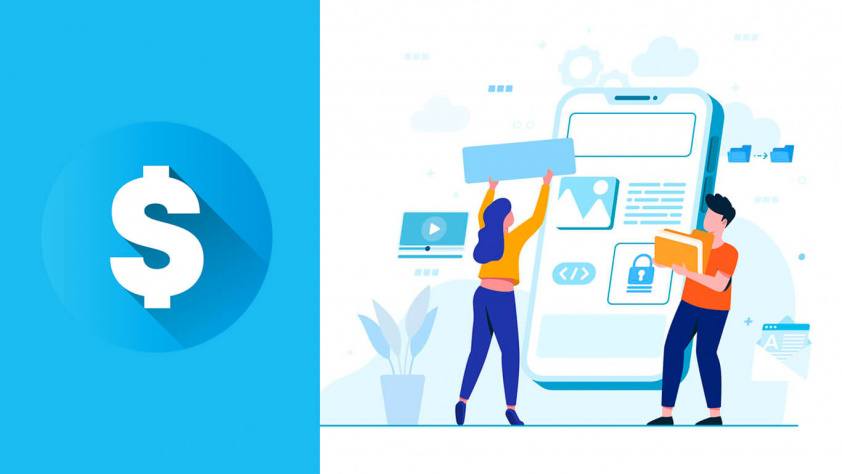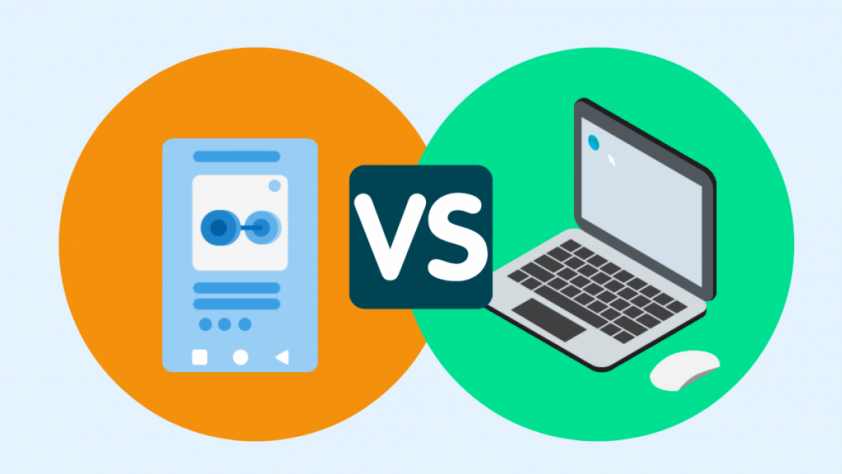In the digital age, websites have become a primary source of information, communication, and services. However, not everyone experiences the web in the same way. Web accessibility ensures that all people, including those with disabilities, can access and use websites effectively. This article explores the importance of web accessibility and how to implement it.
Understanding Web Accessibility
Web accessibility refers to the design and development of websites that are accessible to everyone, regardless of any physical or cognitive disabilities they may have. It’s about breaking down barriers and providing equal access to information and functionality.
The Need for Web Accessibility
With over a billion people worldwide living with some form of disability, web accessibility is more important than ever. Disabilities can affect how individuals perceive, understand, navigate, and interact with the web. By making your website accessible, you ensure that everyone has equal access to your content and services.
Benefits of Web Accessibility
Web accessibility benefits everyone, not just those with disabilities. It can help businesses reach a wider audience and improve user experience for all users. Accessible websites often have better search results, reduced maintenance costs, and increased audience engagement.
Laws and Regulations Related to Web Accessibility
Several laws and regulations mandate web accessibility. These include the Americans with Disabilities Act (ADA), the Rehabilitation Act, and the European Accessibility Act (EAA). Non-compliance can lead to legal issues and damage to a company’s reputation.
Implementing Web Accessibility
Implementing web accessibility involves several aspects:
- Perceivable: Information and components must be presentable in ways users can perceive.
- Operable: Components and navigation must be operable.
- Understandable: Information and operation of the user interface must be understandable.
- Robust: Content must be robust enough to be interpreted reliably by a wide variety of user agents, including assistive technologies.
Tools like automated testing tools, screen readers, and voice recognition software can help in implementing web accessibility.
Engage and Explore
We’ve explored the concept of web accessibility – a critical aspect of digital inclusion. But remember, web accessibility is an ongoing process that requires regular audits and updates.
What has been your experience with web accessibility? What challenges have you faced? Share your thoughts in the comments below!



